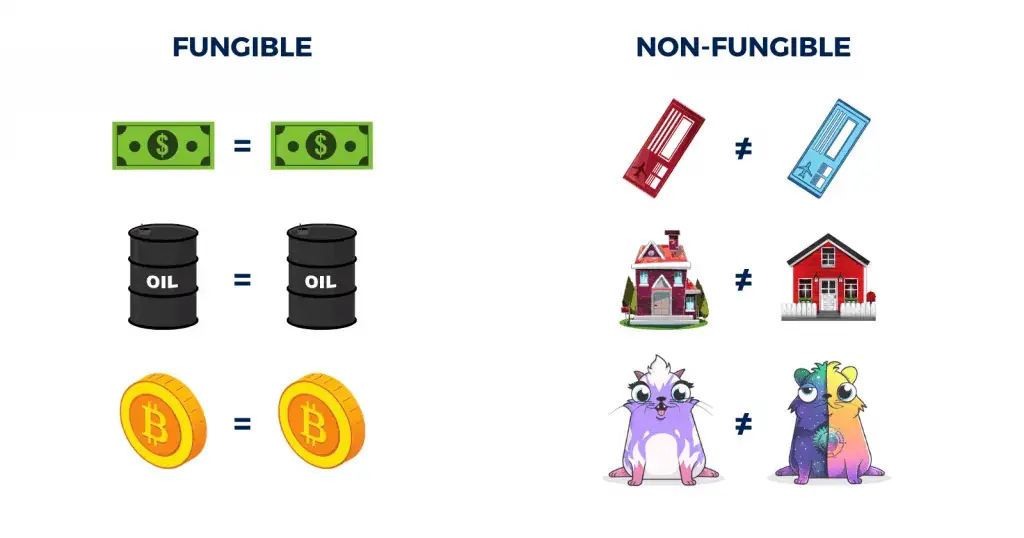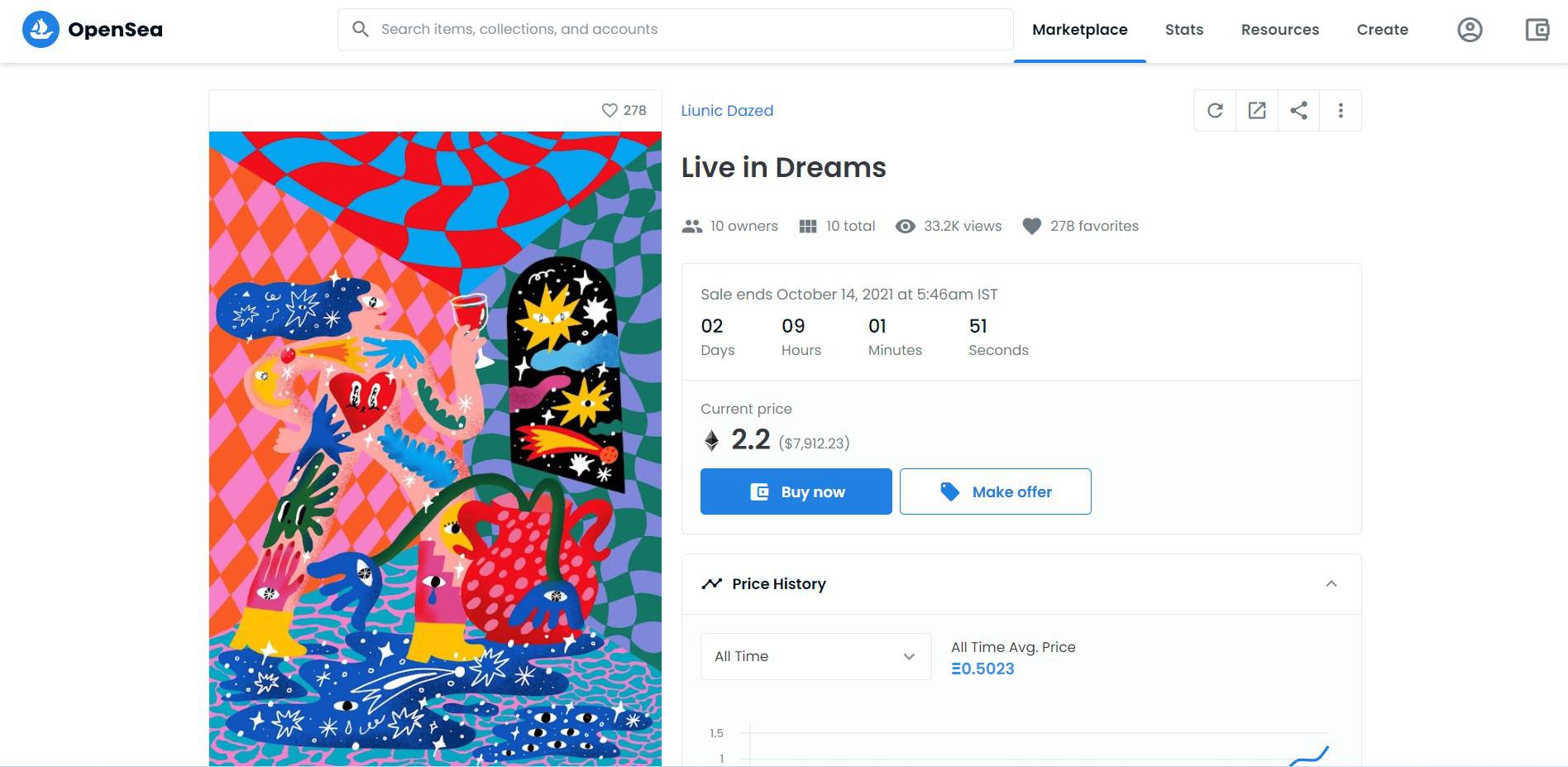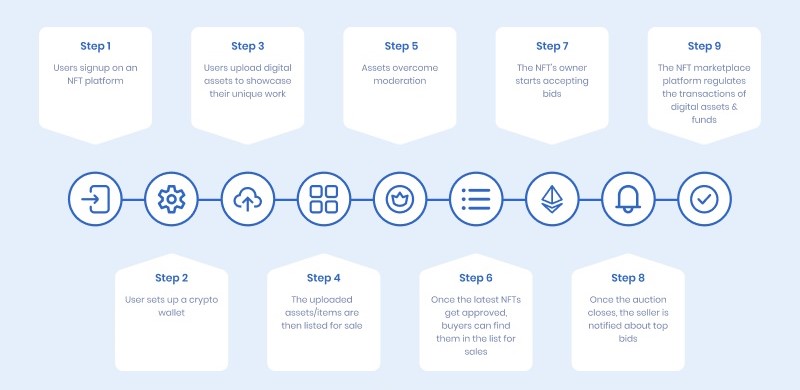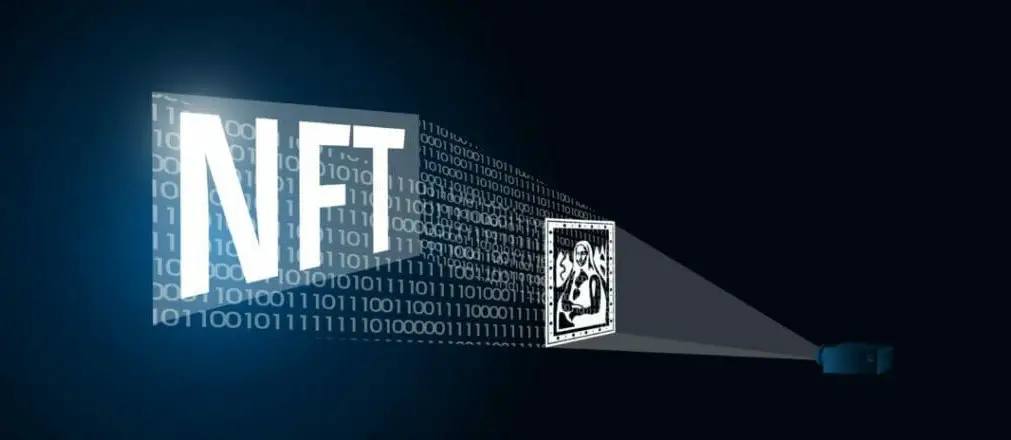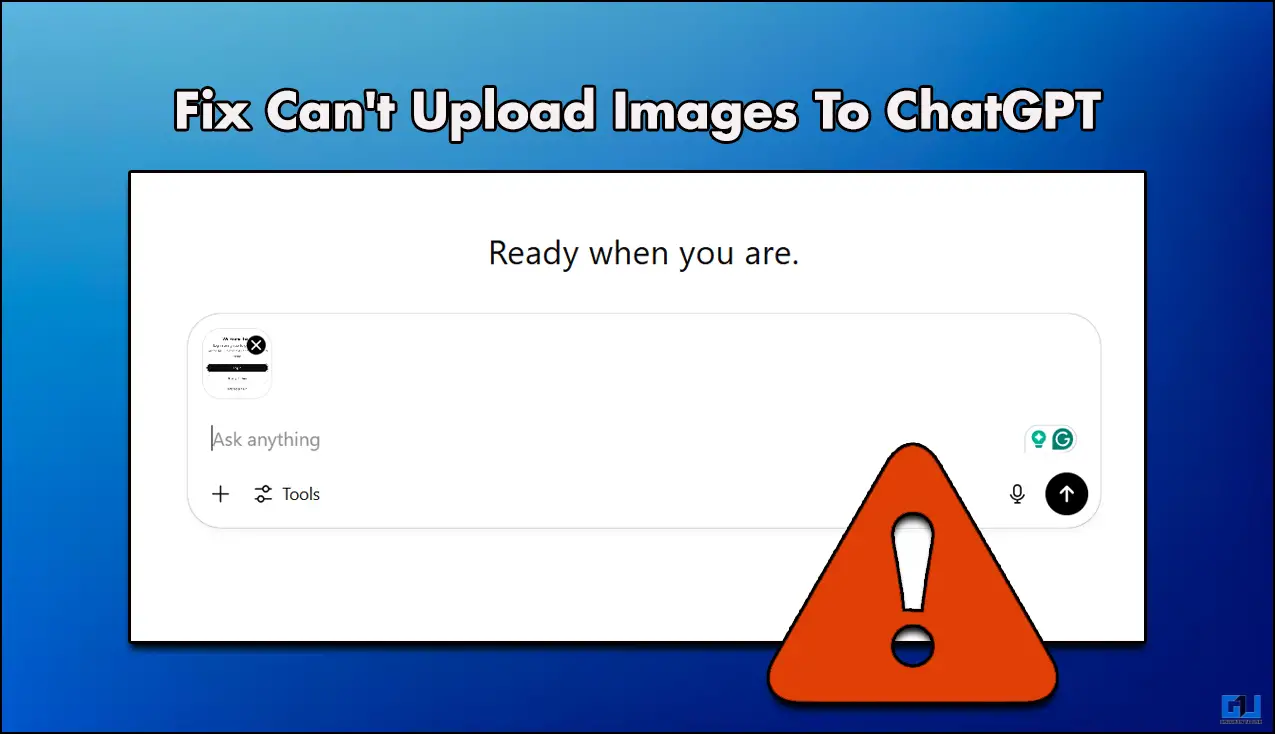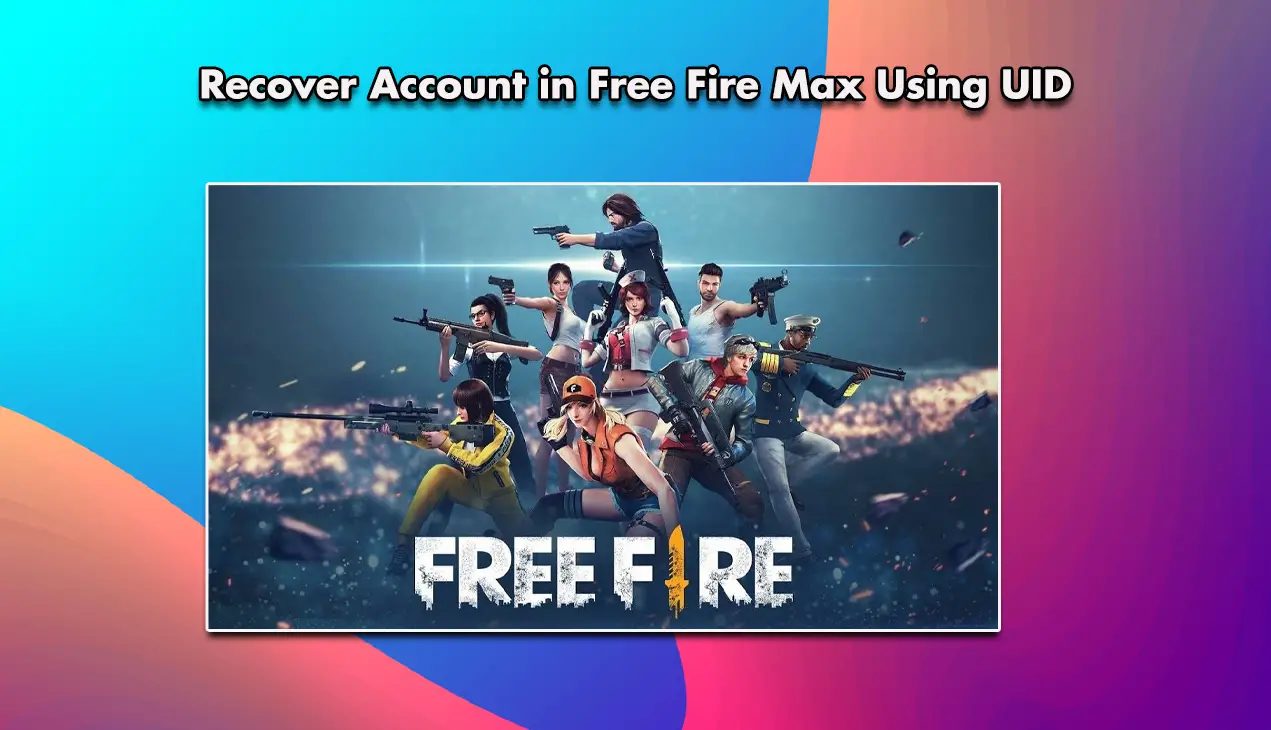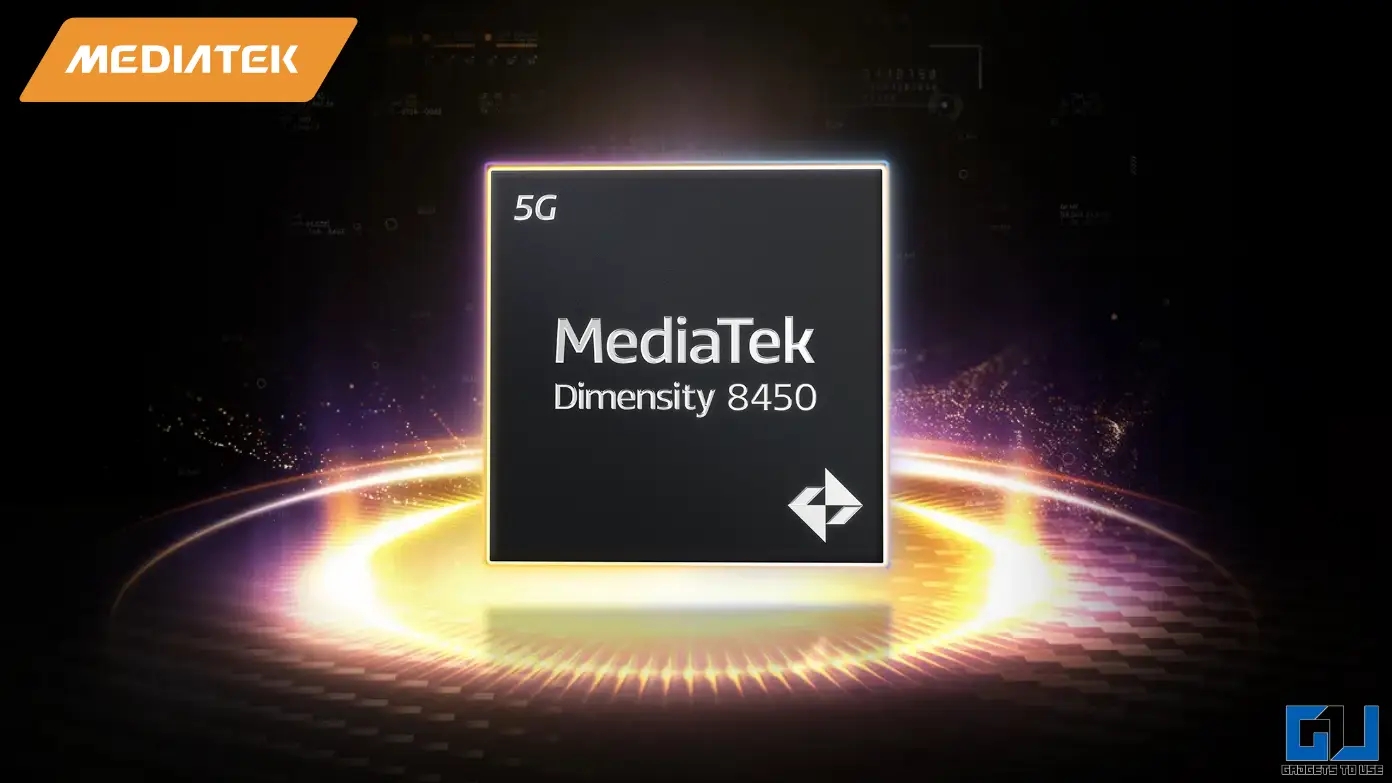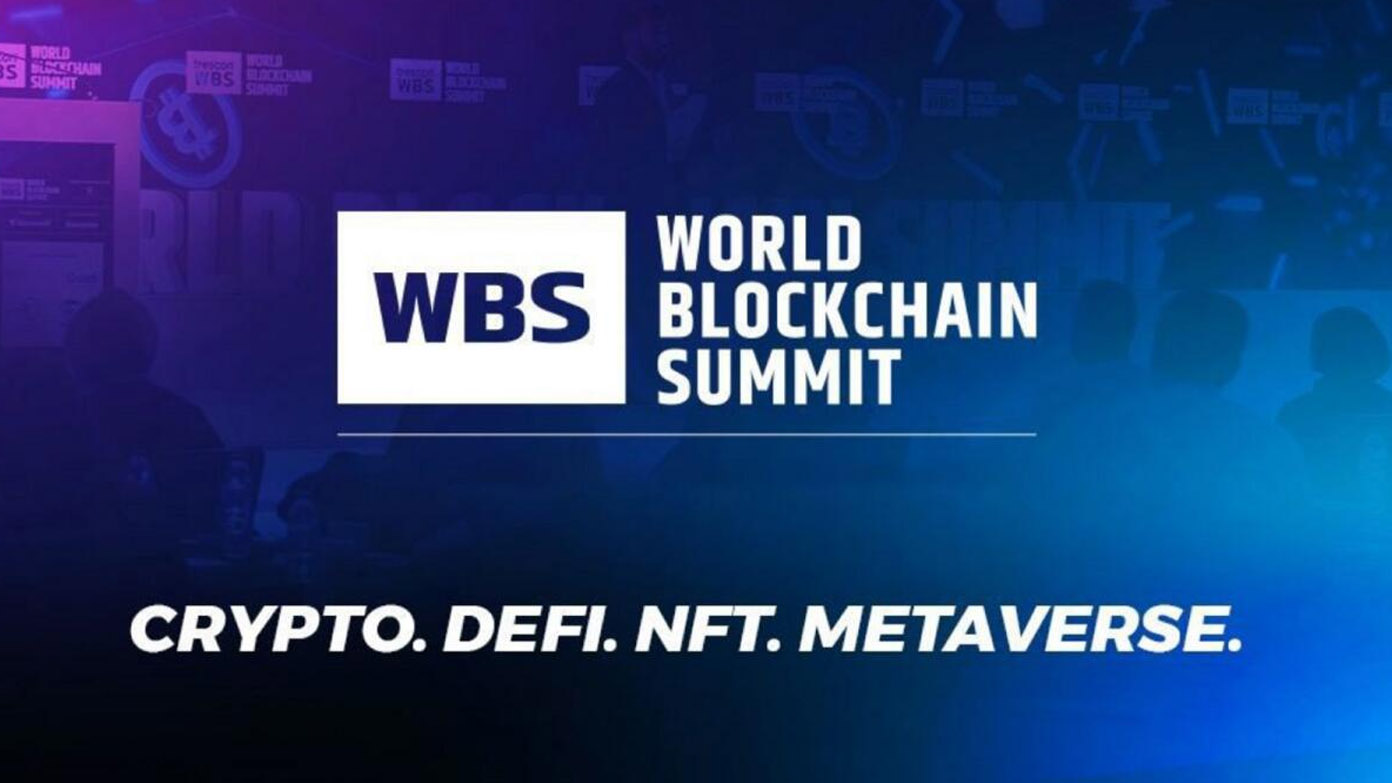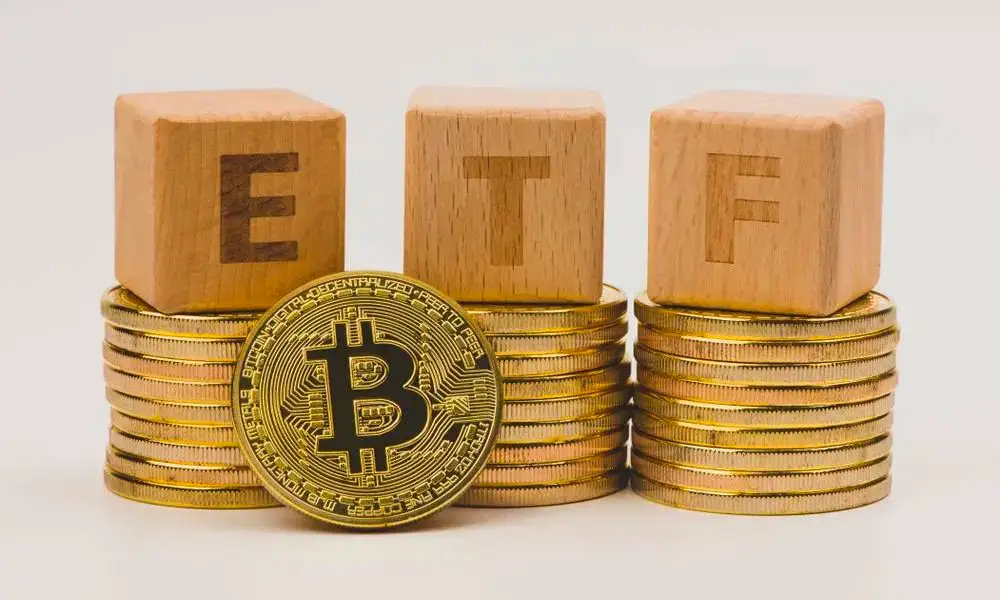Quick Answer
- As stated, a creator signs up on an NFT platform, mints NFT for his unique artwork, and put it up in an auction where interested buyers can bid and buy the token.
- To give you a perspective, anyone can download the picture or create copies of the painting of the Mona Lisa, but there will be only one original painting in the world.
- They may be suitable for people who love collecting fine arts or art related to their favorite people but can be a risky bet as an investment.
NFTs are the latest trend sweeping the internet. You might have already seen people selling their tweets, artworks, digital paintings, and more at exorbitant prices. So, what exactly are NFTs, and what significance do they hold in the creative world? Should you invest in them? Let’s discuss it in brief.
Related | 5 Ways to Buy Things Using Bitcoin & Other Cryptocurrencies India
What is NFT or Non-Fungible Token?

- NFT or non-fungible token refers to unique tokens
- It is a digital asset that denotes real-world items
- It can be used to verify ownership or rights over digital work
NFT stands for a non-fungible token that helps verify ownership and rights over a digital work using blockchain. It’s a digital asset and can include artworks, music, videos, GIFs, tweets, or even memes that are unique and may be bought and sold.
For better understanding, let us know the difference between “fungible” and “non-fungible” assets. A fungible asset can be replaced by another identical item. It is interchangeable and indistinguishable, for example, currency.
The $100 you have has the same value as $100 held by anyone else in the world- there’s nothing unique about it. Plus, you can exchange $100 with two $50, making it interchangeable.
The same holds for cryptocurrencies, gold, equity shares, bonds, etc. NFTs, on the other hand, are non-fungible. They are unique, meaning no two NFTs can be the same.
To give you a perspective, anyone can download the picture or create copies of the painting of the Mona Lisa, but there will be only one original painting in the world. Similarly, these tokens can be used to sell art online- one can easily copy and reproduce the file but not the ownership of work.
NFT Vs. Cryptocurrency
For starters, NFTs are based on similar programming as cryptos. However, while cryptocurrencies like Bitcoin and Ethereum are fungible like regular currencies, each NFT is different from the other.
One bitcoin holds the same value as another and can be traded or exchanged easily. However, each NFT has a different digital signature and cannot be exchanged or traded for equal to one another.
Related | 11 Questions About Bitcoin In India Answered, Truth of Cryptocurrency
How Do NFTs Work?
- NFTs use secure blockchain technology
- The public ledger makes it easy to verify and transfer ownership
- Creators can use it to sell, display, or rent artwork
NFTs use the same underlying technology as blockchain. Most NFTs are part of the Ethereum network. They’re recorded in a decentralized ledger of transactions which is secure and cannot be altered.
Since anyone can review the public ledger, it’s easy to verify and trace the ownership of an NFT. This enables designers to monetize their work and sell it globally without needing physical paperwork or documentation.
Creators can mint NFT to sell, display, or rent out their artwork. They may retain the intellectual property rights unless they sell or license the copyright. A creator may also choose to get a royalty every time the token exchanges hands.
People can buy, sell, or even trade NFTs on online marketplaces like Rarible, Foundation, and OpenSea. The creator can either decide the price or opt for an auction. Buyers must pay via cryptocurrencies, but some marketplaces also accept dollars.
You can check the steps involved in selling and buying an NFT through the flow chart above. As stated, a creator signs up on an NFT platform, mints NFT for his unique artwork, and put it up in an auction where interested buyers can bid and buy the token.
NFT as Investment- Should You Invest?
Since art is based on perception, there’s no underlying asset or value in NFTs. This makes them highly speculative investments. They may be suitable for people who love collecting fine arts or art related to their favorite people but can be a risky bet as an investment.
Buyers usually invest in NFTs to earn a higher value upon reselling these digital collectibles. However, there’s no guarantee of value appreciation- they may even end up as mere bragging rights if not worthless.
Hence, you must be very cautious about investing in NFTs. They are all about speculation and can be way riskier than investing in stocks or even cryptocurrencies.
Common Scams or Frauds Around NFTs
Like crypto, there are a lot of scams and frauds going around NFTs in the market. From what we’ve known so far, you should be aware of the following things:
This is 100% NOT me. I thought the point of NFT was that the artwork and artists needed to be verified? Apparently super easy to scam people. What a joke that platform is. https://t.co/FrBy4zuhQy
— Derek Laufman (@laufman) March 13, 2021
- Always check if it’s the original creator selling their NFT and not someone trying to impersonate them.
- Do not buy an NFT solely based on tips by strangers or Telegram groups.
- Some may sell and buy NFTs across accounts to show artificial hype and demand. So, do not buy an NFT just because it has been bought and sold several times.
- Be cautious of fake platforms that seem to be selling art but steal credit card information in reality.
The Future of NFT
NFTs have been around since 2014, but it’s not until recently that they’ve started gaining popularity. They’re currently being used for digital artwork and gaming collectibles but may progress further as the underlying technology advances.
It has numerous potential applications, such as an institution issuing NFT for the degree, which employers can check to verify the applicant’s education, or the government issuing NFT for birth/ death certificates or identity cards.
Moreover, they may be used as security tokens for ownership of physical assets like property and vehicles, creating opportunities for new business models that have never existed before.
However, there are downsides too. There have been instances of people selling stolen art on NFT platforms or trying to sell something as NFT, which in reality is not. Also, since cryptocurrency is the primary mode of payment, there are concerns about negative environmental impacts.
So while NFTs have endless possibilities, it’s still in very early stages with limitations and loopholes. As they’re rectified over time, only then we’ll have a clear outlook towards the future of non-fungible tokens.
Wrapping Up
So this was a quick brief about what NFTs are, how they work, and whether it’s wise to invest in them. I hope this helps you understand the basics of non-fungible tokens and the underlying technology. Anyways, have you bought any NFTs yet, or plan to buy any in the future? Do let us know in the comments below.
You can also follow us for instant tech news at Google News or for tips and tricks, smartphones & gadgets reviews, join GadgetsToUse Telegram Group or for the latest review videos subscribe GadgetsToUse Youtube Channel.
